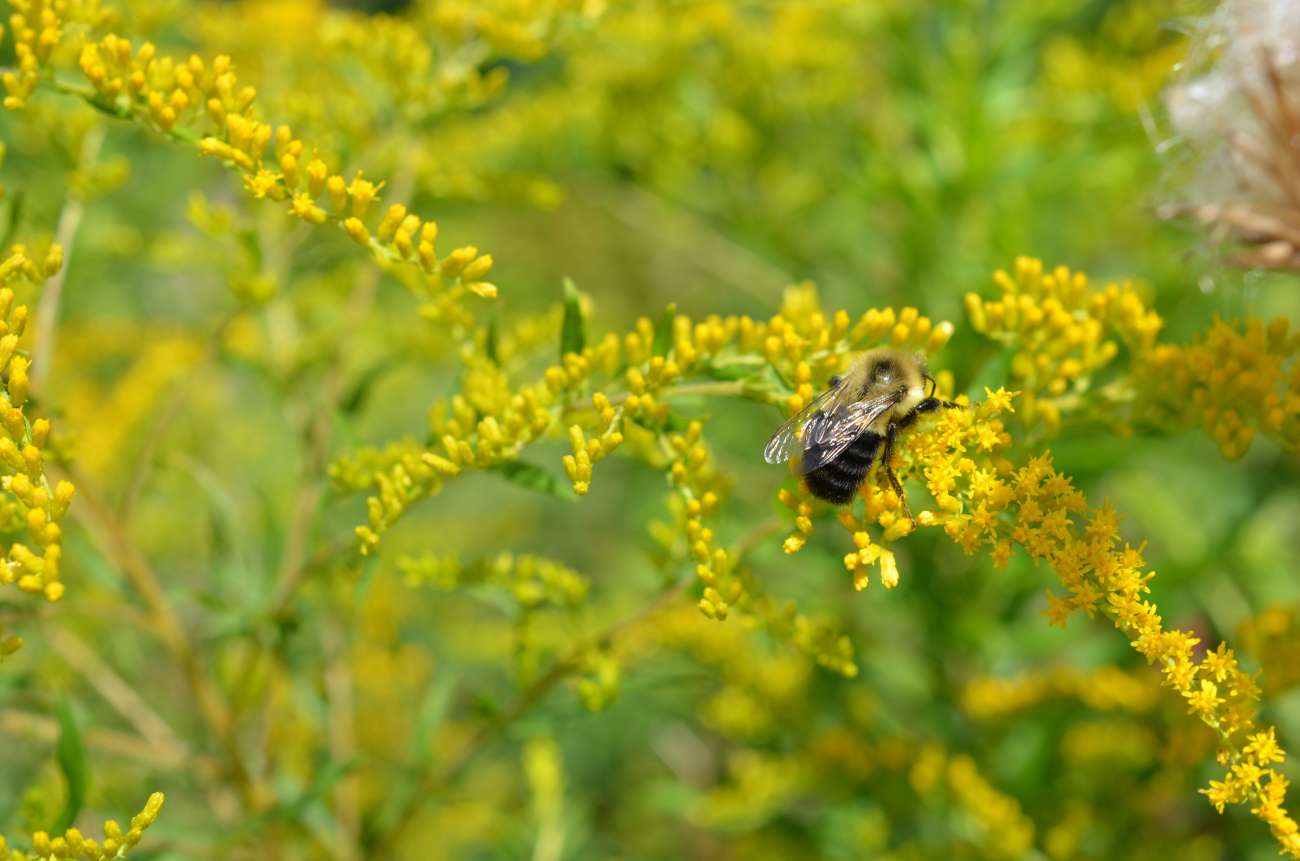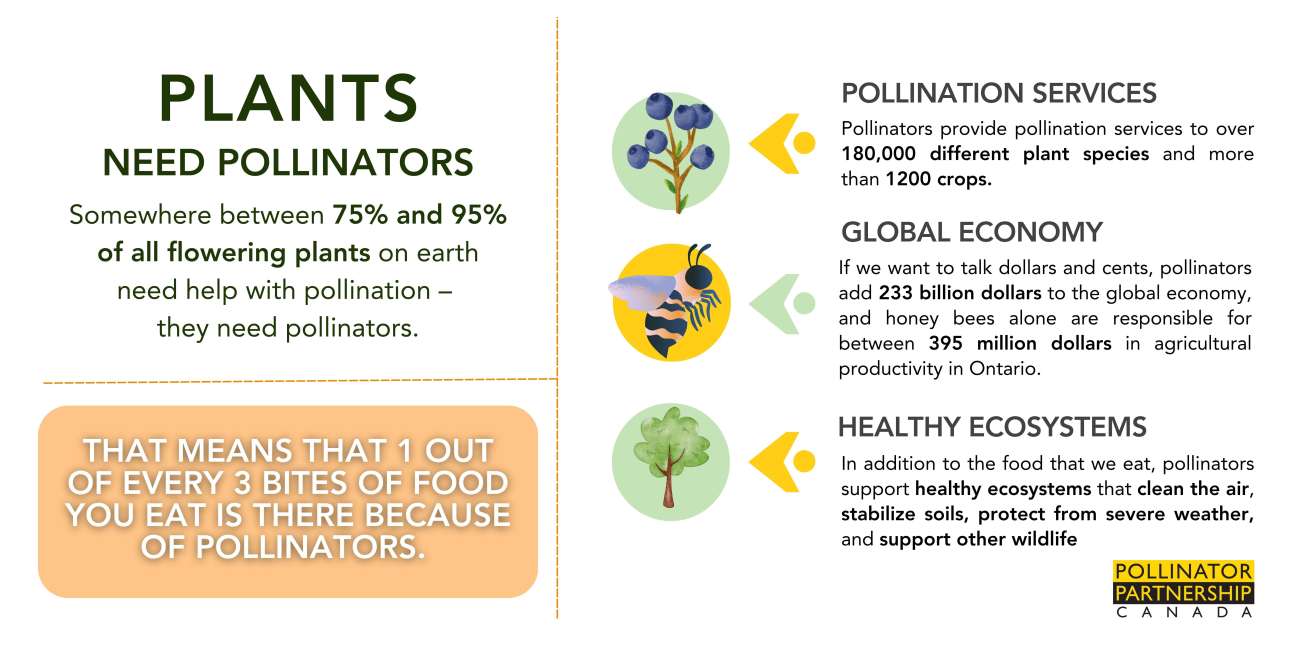Pollinators Need You. You Need Pollinators.
Without the actions of pollinators, agricultural economies, our food supply, and surrounding landscapes would collapse.
Birds, bats, bees, butterflies, beetles, and other small mammals that pollinate plants are responsible for bringing us one out of every three bites of food. They also sustain our ecosystems and produce our natural resources by helping plants reproduce.
Pollinating animals travel from plant to plant carrying pollen on their bodies in a vital interaction that allows the transfer of genetic material critical to the reproductive system of most flowering plants – the very plants that
- bring us countless fruits, vegetables, and nuts,
- ½ of the world’s oils, fibers and raw materials;
- prevent soil erosion,
- and increase carbon sequestration
This nearly invisible ecosystem service is a precious resource that requires attention and support - - and in disturbing evidence found around the globe, is increasingly in jeopardy. Pollinator Partnership Canada (P2C) urges you know how this system supports you, and how your actions can help support healthy and sustainable pollination.
Why Are Pollinators Important?
Pollinators are in danger!
Pollinator populations are changing. Many pollinator populations are in decline and this decline is attributed most severely to a loss in feeding and nesting habitats. Pollution, the misuse of chemicals, disease, and changes in climatic patterns are all contributing to shrinking and shifting pollinator populations. In some cases there isn’t enough data to gauge a response, and this is even more worrisome.


